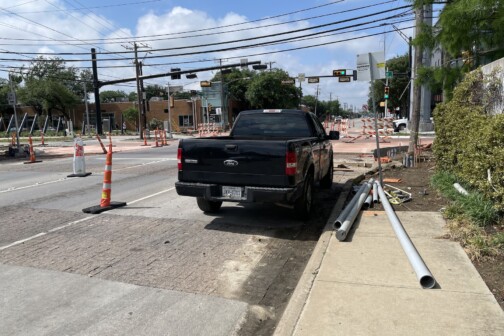I’ve talked about it and it’s failings, which the creators happily admit, several times, notably here and here. But now, the Freakonomics guys have found it and begun their analysis:
…nine of the 10 least walkable cities are inland. In most of them, largely unfettered expansion and low densities were possible from the get-go. Boston’s growth was restricted by the presence of the Atlantic Ocean, and San Francisco’s growth was restricted by the Pacific Ocean; Oklahoma City’s growth was restricted by, well, the Atlantic Ocean and the Pacific Ocean.
As always, abundance (in this case: land) makes you careless and stupid. But, there are inland cities in Europe that are obviously immensely walkable, so more importantly:
As Peter O. Muller ably chronicles, most of the pedestrian-friendly cities are products of the era of the foot and the hoof, with the steel wheel (i.e. the streetcar) coming along a bit later. Getting around cities in the age of muscle power was a difficult and slow proposition, so activities clung together in space to make travel to, from, and between them feasible. Dense districts were literally built for walking.
In the end however, I’m actually quite disappointed in this superficial effort by Freakonomics. The synergies of propinquity deserve a full post-graduate level analysis to really get us as a society to the point where numbers and formulas are actually effective in building smarter and more user-friendly cities (not to mention the reduction in public expenditure based on greater infrastructural efficiency). Because right now, everybody pays attention to formulae and those belong to traffic engineers trying to move steel cages as quickly as possible. Death to whatever carbon-based life-form cross their path.





